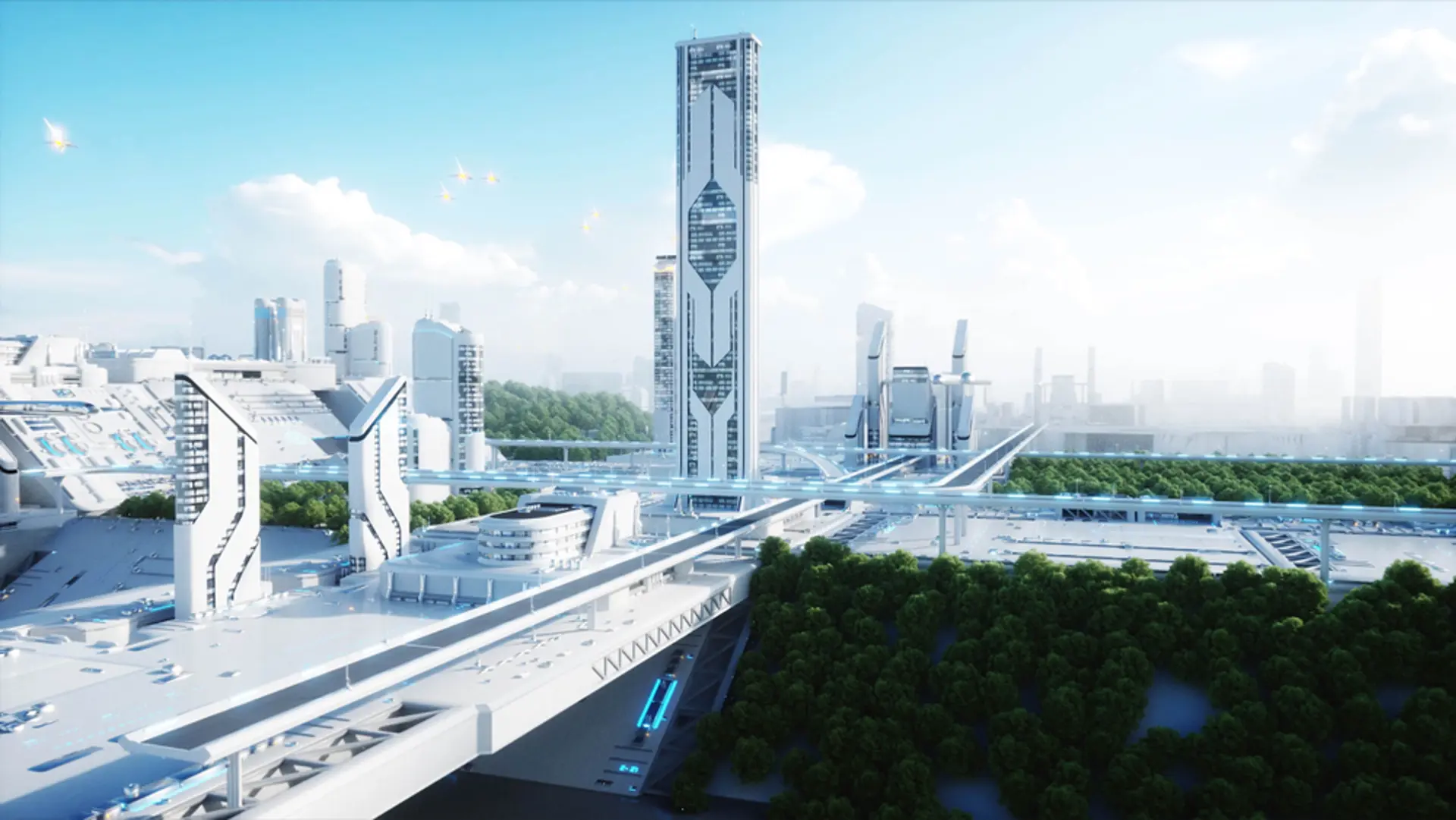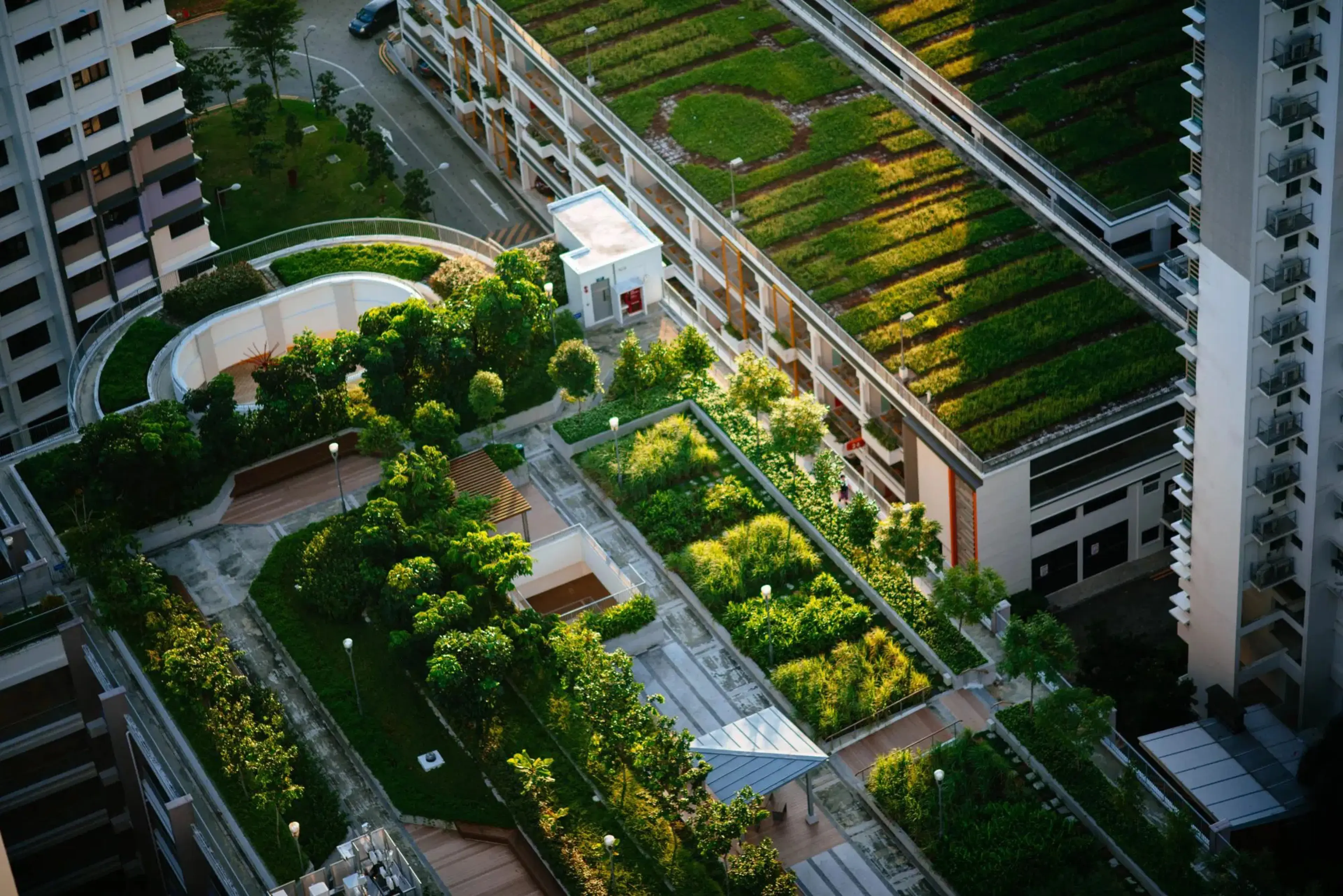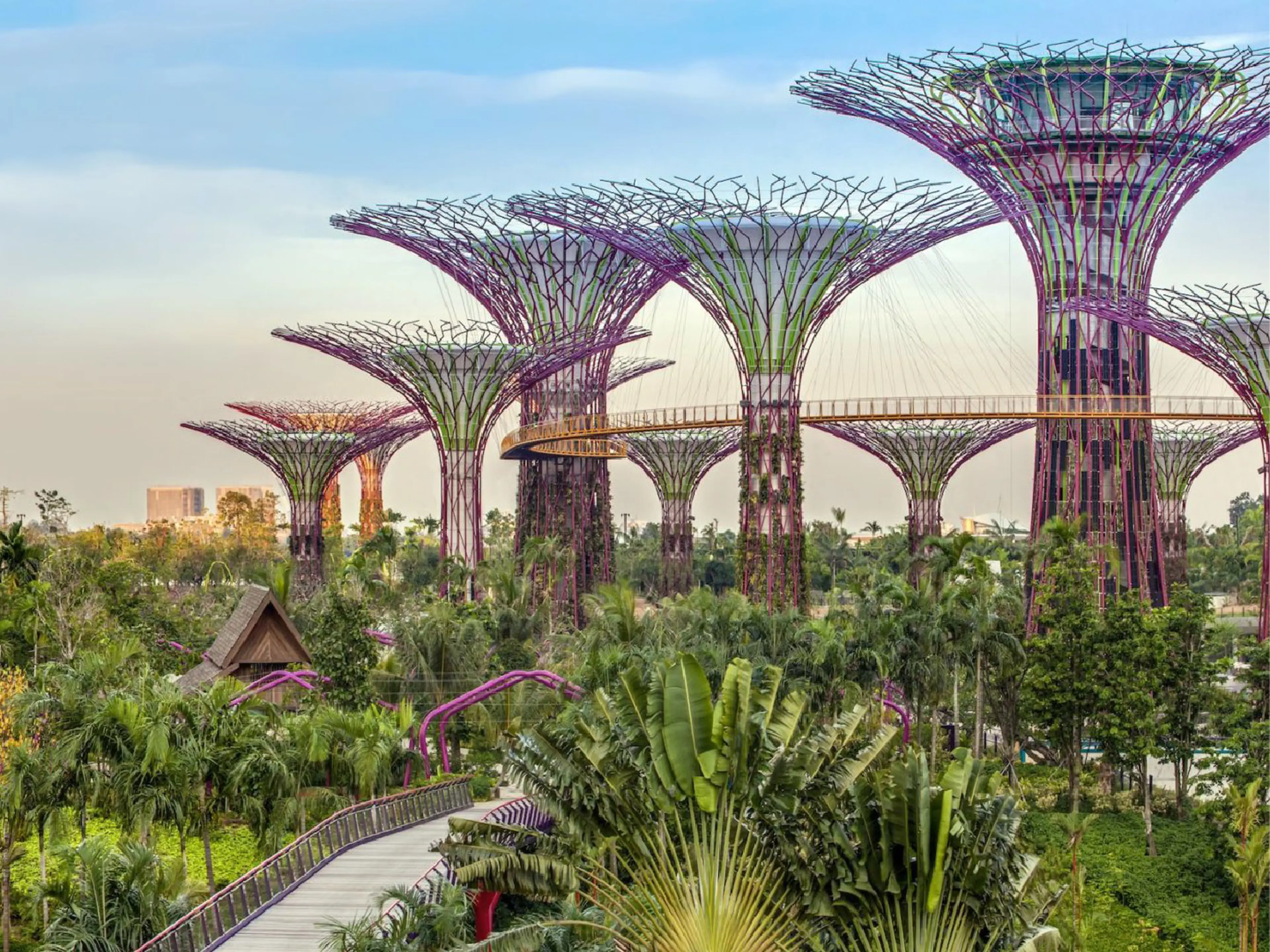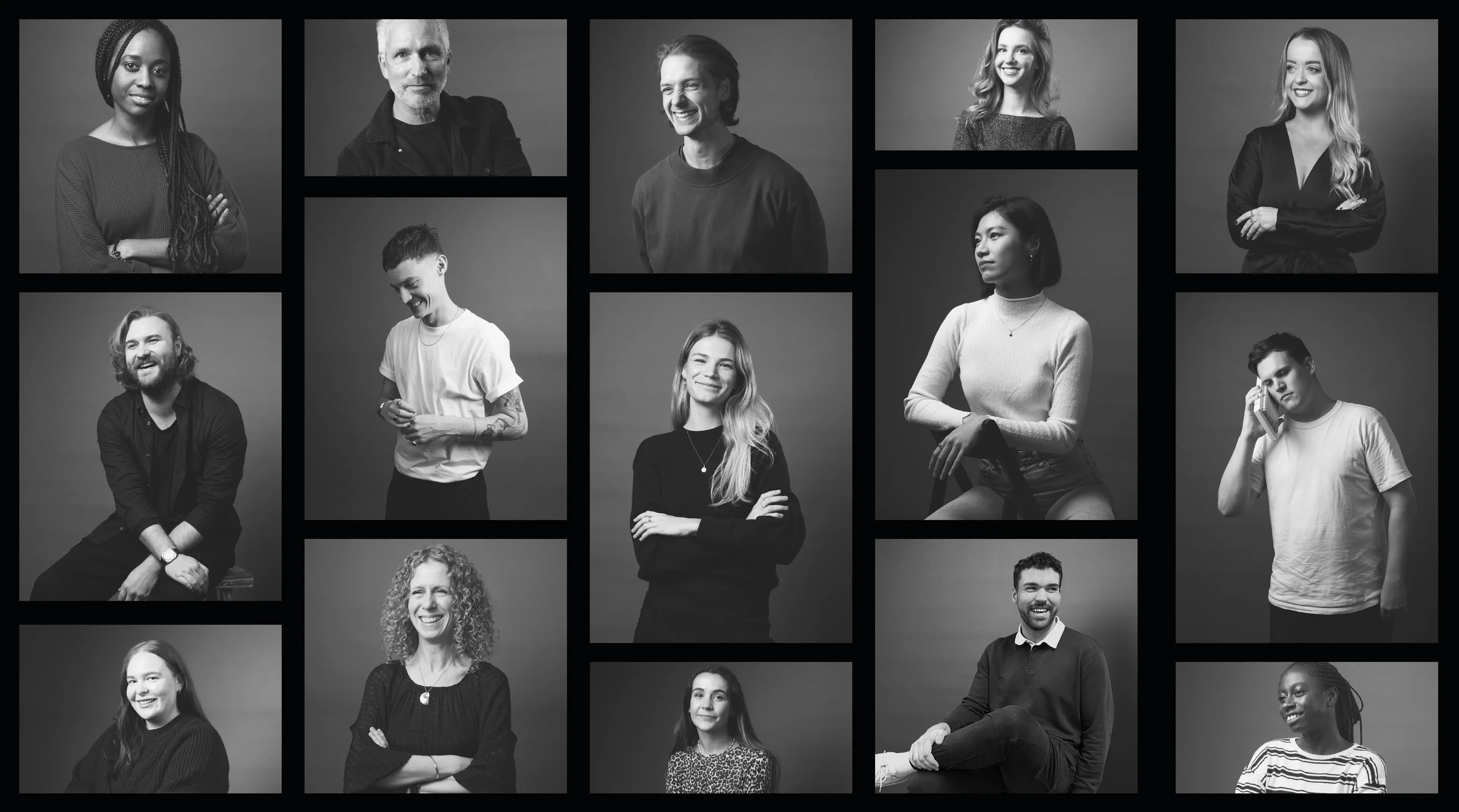
Tech & Innovation
1 Jul 2022
5 Min Read
The Future of Sustainable Cities
In 2015, the UN’s 193 member states agreed on 17 Global Goals designed to ‘achieve a better and more sustainable future for all.’ Number 11? Make cities sustainable.


Tech & Innovation



